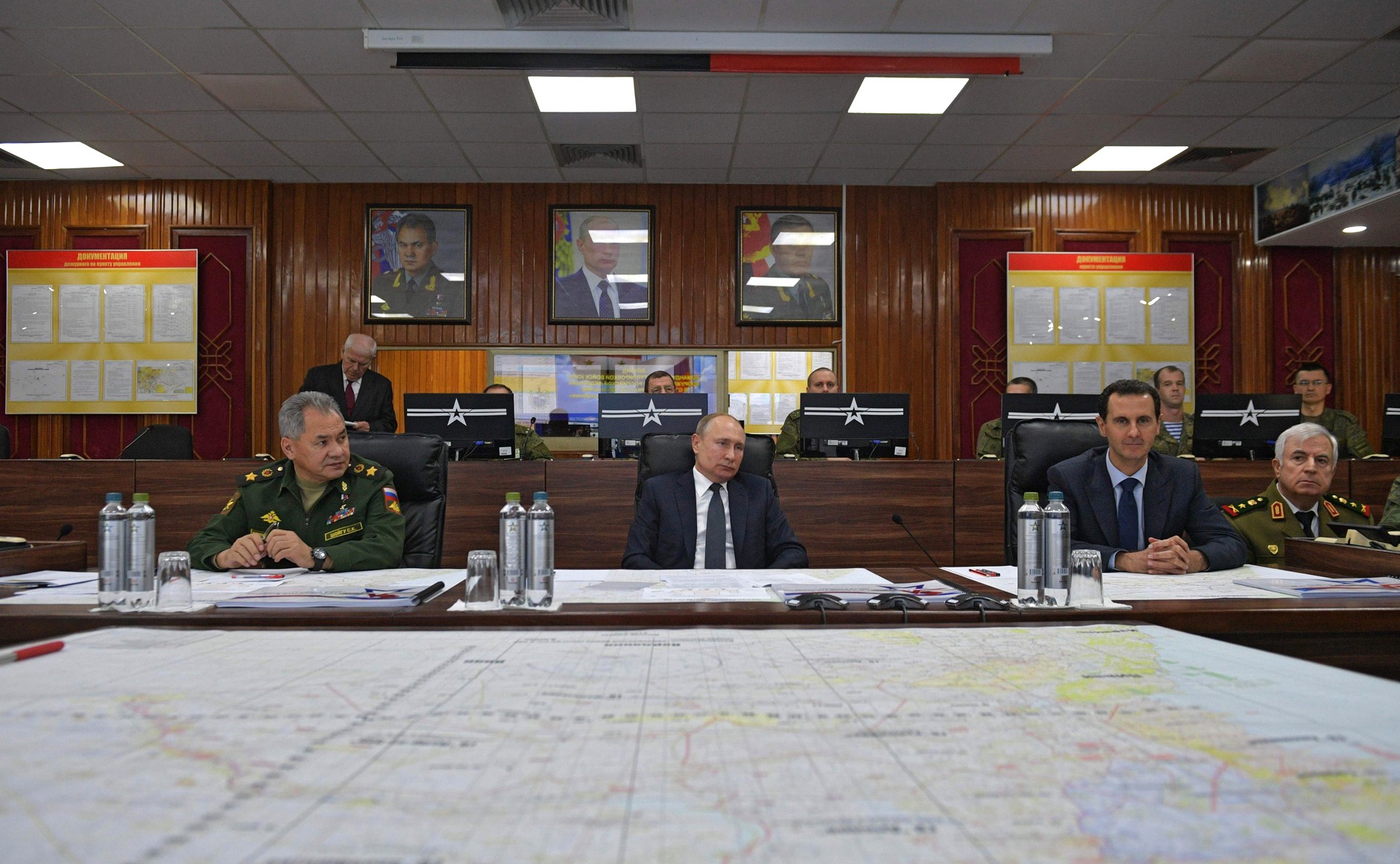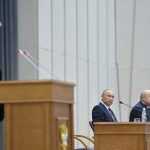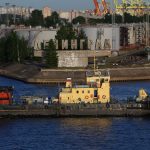
Russia Monitor is a review of the most important events related to Russian internal and external security, as well as its foreign policies.
Date: 16 March 2021
Russian Losses After a Decade of Syria War
The number of Russian servicemen who died in Syria during the military operation in this country since September 30, 2015, was 112, said Andrei Krasov, First Deputy Chairman of the State Duma Defense Committee. The death toll is surprisingly high as officially only the Russian air forces are involved in the war.

Russia operates a naval facility in Tartus and an air base at Hmeimim. Moscow has also officially admitted sending a small special operations unit, a subunit of the reconciliation center in Idlib, the military police, and marines. Krasov listed the Russian death toll in Syria during a parliamentary meeting on the tenth anniversary of Syrian protests that first sparked a revolution, and then morphed into a civil war in the whole country. As it turned out, this was one of the – and the bloodiest – chapters of the so-called Arab Spring. The armed conflict that began in 2011 with an uprising against the regime of Syrian President Bashar al-Assad spread all over Syria while the regime forces brutally suppressed rallies, killing at least 2,000 and resulting in thousands of arrests. In a tit-for-tat solution, as the regime launched a violent offensive, the opposition parties did the same. Other countries were also involved in the conflict. Russia, Turkey, Iran, Saudi Arabia, and other Gulf states began to offer money, weapons, and fighters who joined several conflicted groups. The so-called Islamic State took advantage of the conflict, seizing a large portion of Syria in a short time. In 2015, Russia officially entered the Syrian war theater on the pretense of the fight against jihadists. In fact, it was about rescuing al-Assad, a Moscow ally, whose regime was back then on the brink of collapse. Russian military involvement in Syria shifted the balance of power. First, with some help from the Russian air forces, al-Assad brought to a halt the progress made by rebel fighters, mainly operating within the Free Syrian Army. Only then could he push a counteroffensive, amid a deal brokered by Russia, Iran, and Turkey as part of the Astana triangle. It was possible to implement the idea of de-escalation zones, or rebel-held enclaves. Then al-Assad, assisted by the Russian army and pro-Iranian militias, went on to eliminate these enclaves one by one. On the pretense of targeting jihadi militants, the Russian air forces have shot Syrian rebels fighting against al-Assad, not the Islamic State. The rebel forces were eventually pulled back to Idlib province, the last rebel-controlled stronghold. Meanwhile, the Islamic State has lost almost all of the territories it had occupied in Syria in the U.S.-backed Kurdish offensive. Furthermore, Turkey, or the arch rival of the Kurds, has invaded the northern part of the country. Meanwhile, there are still some rebel fighters in Idlib, mainly thanks to Ankara’s support. The fragile status quo currently relies upon the Russia-Turkey deal and the talks between al-Assad and the Kurds. Yet this will not last long as Moscow and Tehran are both fighting for the control of al-Assad. For now, the Kremlin is somewhat successful as it still exerts some influence on Damascus and it operates a number of military facilities in Syria.
Support Us
If content prepared by Warsaw Institute team is useful for you, please support our actions. Donations from private persons are necessary for the continuation of our mission.
All texts published by the Warsaw Institute Foundation may be disseminated on the condition that their origin is credited. Images may not be used without permission.

















